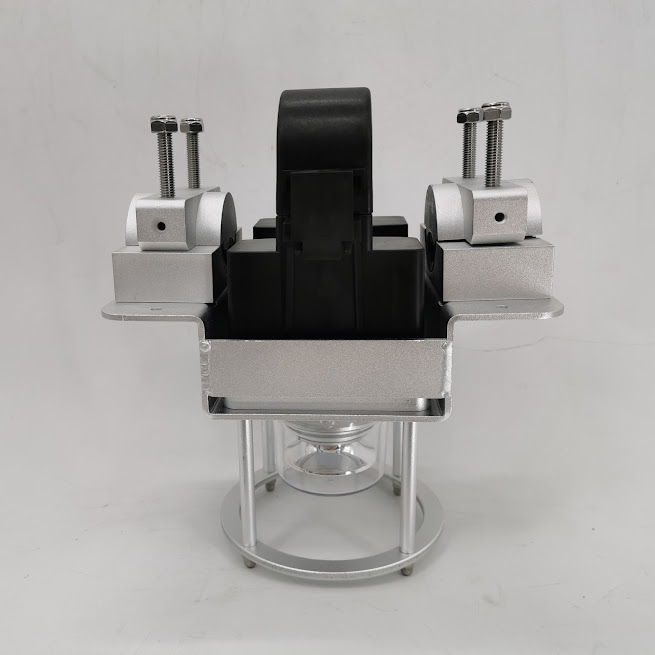OBSTRUCTION lIGHT FOR TELECOMMUNICATION & RADIO TOWERS
Telecommunications & Radio Towers are, typically,tall structures designed to support antennas for telecommunications and broadcasting, including television. They are among the tallest man-made structures.
Basic Rule
- The number of light levels recommended depends on the height of the structure
- The number and arrangement of light units at each level should be placed so the lighting is visible from every angle in azimuth
- Lights are applied to display the general definition of the structure
- Width and length of buildings determine the number of lights installed at the top and at each light level
Obstruction Light Installation
- h ≤ 45m Only one level: Low intensity
- 45m < h ≤ 105m 2 levels
*Intermediate level: Low intensity/Medium Intensity;
- 105m < h ≤ 210m 4 levels
*Top level: Medium intensity;
*First Intermediate level: Low intensity/Medium Intensity;
*Second Intermediate level: Mediumintensity;
*Lower Intermediate level: Lowintensity/Medium Intensity;
Obstruction Ligth Specification
Low intensity lights should be used for structure with H ≤ 45m during night time, if those are considered inadequate, than medium - high intensity lights should be used.
Medium intensity lights type A,B or C should be used to lit extensive object (group of buildings or tree) or structure with 45 m < H ≤ 150 m
Note: Medium intensity lights, type A and C should be used alone, whereas medium intensity lights, Type B should be used either alone or in combination with LIOL-B.
High intensity type A, should be used to indicate the presence of an object if its H > 150 m and an aeronautical study indicates such lights to be essential for the recognition of the object by day







评论
发表评论